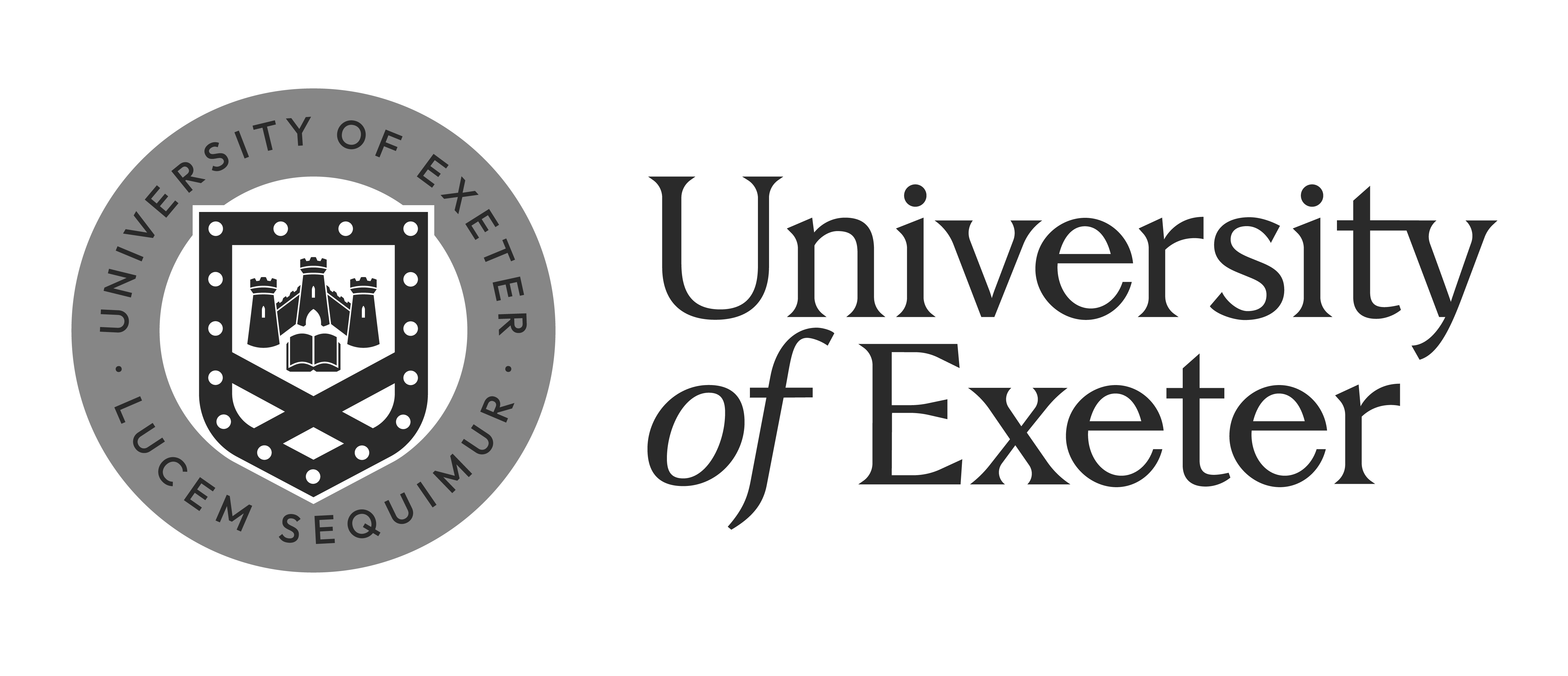S2502 Italian Contemporary History in Films
Professors
Schedule
Course description
The course introduces to modern Italian politics, society, and culture in a historical and comparative perspective - while exposing students to classics of Italian cinema. Discussions, lectures and presentations will revolve around eleven Italian fiction movies: Il Gattopardo (1963) by Luchino Visconti (based on Giuseppe Tomasi di Lampedusa), Amarcord (1973) by Federico Fellini, Il Conformista (1970) by Bernardo Bertolucci (based on Alberto Moravia), Vincere (2009) by Marco Bellocchio, La Notte di San Lorenzo (1982) by Paolo e Vittorio Taviani, La Pelle (1981) by Liliana Cavani (based on Curzio Malaparte), Don Camillo (1952) by Julien Duvivier (based on Giovanni Guareschi), Mimì metallurgico ferito nell’onore (1972) by Lina Wertmueller, Tano da morire (1997) by Roberta Torre, Il Caimano (2006) by Nanni Moretti and Loro (2018) by Paolo Sorrentino.
The idea is that films can be useful as a starting point for historical discourses, as documents of the time in which they were made, as historiographical texts on the period in which they are set and as historical agents, as they can be constantly reinterpreted and can influence culture in different successive moments. They can also be useful because they talk about individuals, daily life, family and personal relations; they involve a “mise-en-scene” which makes history much closer to life and oblige to discuss events and phenomena also at a micro level, bringing in themes related to gender, family, and collective psychology.
The period covered by the course spans from 1796 to 2023, i.e. from the process of Nation-Building to the Present. Like Germany and unlike Spain, Italy is a new nation-state. The beginning of the process of unification can be traced back to the Napoleonic Age, which saw the diffusion of ideals of Liberalism, Democracy and Nationalism. The foundation of the new Kingdom (1861) was followed by attempts to forge a common identity in the context of a liberal but conservative State, which set the basis of the first industrialization. After the Great War, the peninsula saw the rise of the first Fascist Regime in Europe, as a result of an alliance between Mussolini, the Monarchy and the Catholic Church. The military defeat and the 1943-45 Civil War, paved the way for a Republic, characterized by a blocked political system with the Catholic Party in power and the largest Communist Party in the West on the opposition. In 1992-94 judges’ investigation and arrests of corrupt politicians contributed to a revolution in the party system, which founded the present political landscape. The course shall also deal with issues like: Church-State relations and the influence of Catholicism, origins and development of the Mafia, North-South divide, social transformations, emigration, and immigration, 1968 movements, economic miracle and development of the Made in Italy, controversies over Berlusconi. The general focus will be on the relationship between politics and society.
Students are expected to contribute to class, discussing all movies, coordinating discussion of one, doing an oral presentation and writing a research paper, developing themes of personal interest, in agreement with the Professor. Research papers must include bibliographical references and footnotes.
Syllabus
The course will be divided into six units:
1) The Unification and its aftermath 1796-1871 - Il Gattopardo (weeks 1-2)
2) The Fascist Regime 1922-1939 - Amarcord, Il Conformista, Vincere (weeks 3-5)
3) Fascism, War, Resistance, Liberation 1939-1945 - La Notte di San Lorenzo, La Pelle (weeks 5-7)
4) Postwar and Cold War 1946-1952 - Don Camillo (weeks 7-8)
5) Economic Miracle, Mafia, 1968 and the 1970s - Mimì metallurgico ferito nell’onore, Tano da morire (weeks 9-10)
6) Postfordism and crisis of democracy 1980-2013 - Il Caimano, Loro (weeks 11-12)
Evaluation
10% attendance
20% participation in film discussion
20% contribution leading the conversation
20% oral presentation in class
30% written final research paper
Main Bibliography
(all books are available in the VIU Library)
CINEMA AND HISTORY (methodology)
Pierre Sorlin, The film in history: restaging the past, Noble Books, Totowa 1980
ITALIAN CINEMA (quick reference for all movies, like a dictionary)
Peter E. Bondanella, A History of Italian Cinema, Continuum, New York 2009
ITALIAN CINEMA (themes, with reference to some of the movies)
Giacomo Lichtner, Fascism in Italian cinema since 1945: the politics and aesthetics of memory, Victoria University of Wellington, Palgrave Macmillan, Basingstoke 2013
Vincent F. Rocchio, Cinema of anxiety: a psychoanalysis of Italian neorealism, University of Texas Press, Austin 1999
Angelo Restivo, The cinema of economic miracles: visuality and modernization in the Italian art film, Duke University Press, Durham 2002
Jacqueline Reich, Beyond the Latin lover: Marcello Mastroianni, masculinity, and Italian cinema, Indiana University Press, Bloomington 2004
Marga Cottino Jones, Women, desire, and power in Italian cinema, Palgrave MacMillan, New York 2010.
ITALIAN HISTORY AND CULTURE (books with useful material for context of all the movies)
David Forgacs and Robert Lumley (ed.), Italian cultural studies: an introduction, Oxford University Press, Oxford-New York 1996
George Holmes (ed.), The Illustrated Oxford History of Italy, Oxford University Press, Oxford-New York 1997
Other readings will be suggested in class, depending on the interest of participants.
Last updated: July 13, 2023


















